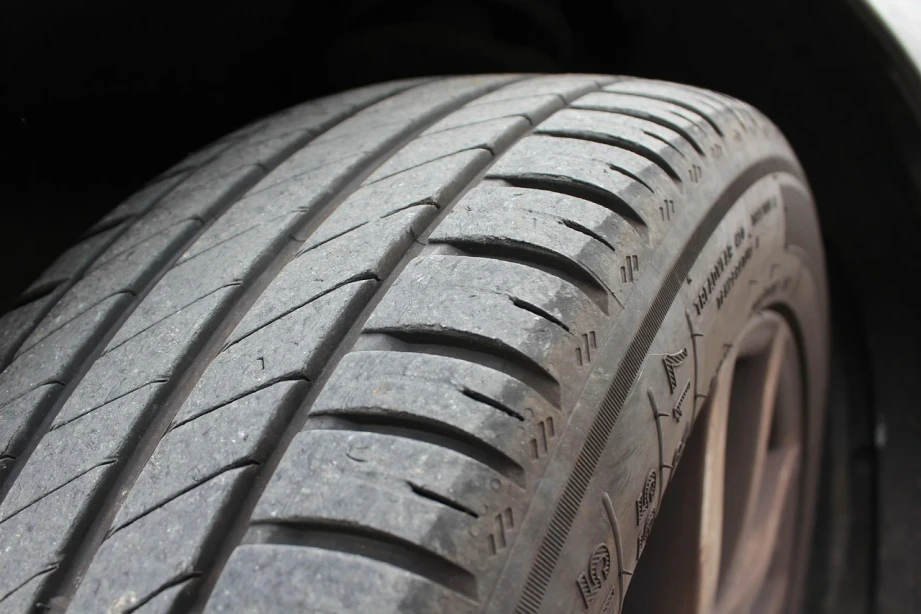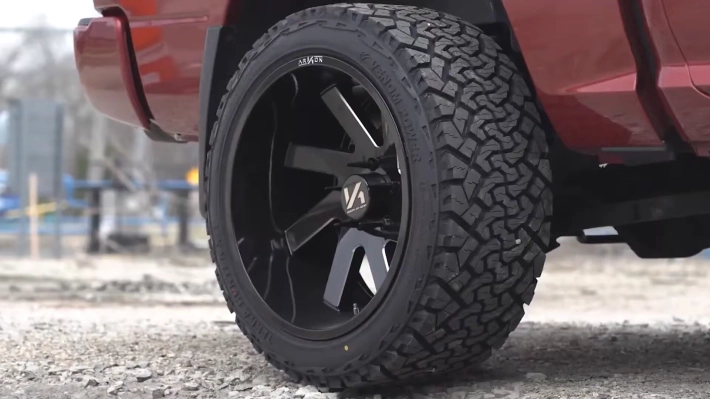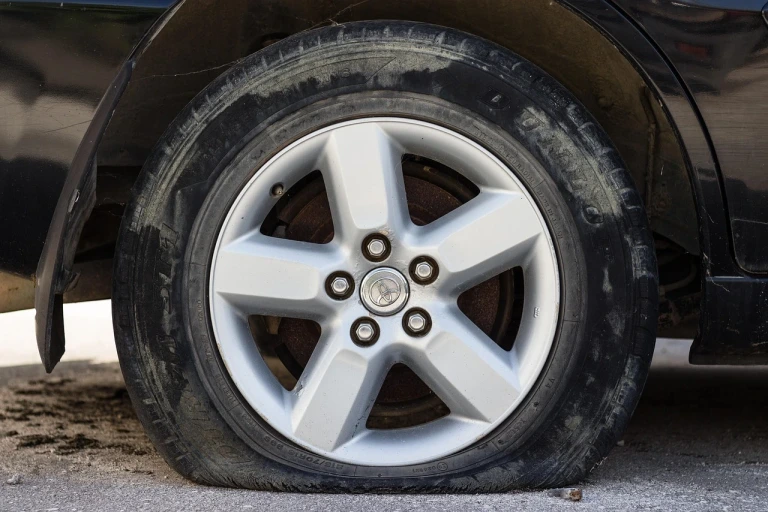When it comes to buying tires, most drivers focus on factors such as tread life, grip, and brand reputation. But there’s a small, often-overlooked specification printed on every tire’s sidewall that can significantly affect your car’s performance, comfort, and even safety: the load rating.
You may have seen tires labeled as SL or XL and wondered if it’s just technical jargon or something that really matters. Spoiler alert: it matters — a lot more than most people realize. These labels aren’t about tire size or luxury add-ons; they directly influence how your vehicle behaves under different weights, speeds, and driving conditions.
In this guide, we’re diving deep into what SL and XL tires actually mean, how they differ, and how to choose the one that’s best for your car and your driving needs. We’ll address common misconceptions, decode the science behind these ratings, and offer real-world insights from drivers and experts alike. By the end, you’ll not only understand the difference — you’ll know exactly which type is right for you.
Common Misconceptions & Confusion
Let’s be honest: tire terminology isn’t something most drivers enjoy decoding. SL and XL labels are especially confusing, often leading to assumptions that can result in poor choices or even safety concerns. Here are some of the most common myths surrounding these designations:
“XL means extra-large, right?”
It’s a logical guess, but not an accurate one. The “XL” in tires refers to Extra Load, not to physical size. XL tires are reinforced to handle higher air pressure and carry more weight than their SL counterparts, but they aren’t necessarily wider or taller. This misconception often leads drivers to mistakenly believe they’re upsizing when they’re not.
“SL tires are lower quality.”
Far from it. SL stands for Standard Load, which simply means the tire is designed for regular use under typical loads and pressures, generally around 35 PSI. Many top-tier touring and passenger car tires are SL-rated and are built with advanced compounds, excellent tread designs, and premium comfort characteristics. Load rating isn’t a reflection of quality; it’s a classification based on intended use.
“You can swap between SL and XL freely.”
This is only partially true, and the nuances matter. While the two types often share the same dimensions and fitment, switching between them without understanding your vehicle’s load requirements can lead to undesirable results. Installing XL tires where SL is recommended may result in a firmer ride, while going from XL to SL on a vehicle designed for higher loads could compromise handling, braking, and safety.
“XL tires are for trucks and off-road use only.”
While trucks and SUVs commonly use XL-rated tires due to their weight and intended use, many performance sedans, crossovers, and even electric vehicles come factory-equipped with XL tires. This is often done to support additional chassis weight, enhance high-speed stability, or handle dynamic driving demands. Limiting XL tires to just off-road use ignores their real value in a range of modern vehicles.
“The higher the load rating, the better the performance.”
This is another oversimplification. While XL tires can offer improved cornering stability and durability under load, they also come with trade-offs, such as reduced ride comfort and marginally lower fuel efficiency. Choosing a tire solely based on load rating, without considering driving conditions or vehicle specs, can backfire.
Now that we’ve cleared up some of the biggest myths, let’s break down what these labels actually mean in practice, starting with SL tires.
What Are SL Tires
SL tires, or Standard Load tires, are designed to operate at a maximum inflation pressure of around 35 PSI.
This makes them well-suited for everyday passenger vehicles like sedans, hatchbacks, and compact crossovers that are not regularly burdened by heavy loads or extreme driving demands.
Key Characteristics:
- Inflation Pressure: Typically up to 35 PSI.
- Load Index: Matches average passenger vehicle requirements.
- Comfort: Known for a smoother, more cushioned ride.
- Cost: Often more affordable than their XL counterparts.
When SL Makes Sense:
- You drive a compact or midsize car used primarily for commuting or general urban use.
- Ride comfort is a priority over maximum load capacity.
- Your vehicle originally came equipped with SL tires.
While SL tires may not offer the reinforced construction of XL models, they more than meet the needs of most drivers.
Their softer sidewalls can absorb road imperfections better, translating to a quieter and more comfortable drive. For the average driver, that means a better experience without sacrificing safety.
Of course, that’s only half the story. Let’s see how XL tires add another layer of capability.
What Are XL Tires
XL tires, short for Extra Load, are engineered with reinforced sidewalls and are capable of handling higher air pressure, usually up to 41 or even 44 PSI. This increased pressure capacity allows them to carry more weight, making them ideal for heavier vehicles or situations involving additional stress on the tires.
Key Characteristics:
- Inflation Pressure: Typically rated up to 41–44 PSI.
- Sidewall Strength: Reinforced for added durability.
- Handling: Often sharper and more responsive.
- Durability: Better resistance to damage from potholes and curbs.
When XL Is the Right Choice:
- You drive an SUV, a performance car, or an EV that places higher loads on the tires.
- You frequently carry passengers, cargo, or tow trailers.
- Your manufacturer specifies XL tires as original equipment.
One of the main reasons manufacturers equip vehicles with XL tires is to ensure stability and performance at higher speeds or under demanding conditions. That added load capacity isn’t just a safety net — it directly contributes to consistent handling and braking performance, especially during emergency maneuvers.
That said, XL tires can feel noticeably stiffer, especially on rough roads. They can also have a slight impact on fuel economy due to their increased rolling resistance and weight. For many drivers, though, the trade-off is well worth it.
But, load rating doesn’t work in isolation — it becomes even more interesting when you combine it with different tire types. Here’s why that matters.
How Load Rating Interacts with Tire Type
While SL and XL ratings define a tire’s load-carrying ability, their impact really comes into focus when combined with the tire type itself — summer, winter, all-season, or ultra-high performance (UHP). Each tire category has unique demands that make the load rating more or less critical.
- All-Season & Touring Tires:
These prioritize comfort, mileage, and balanced performance in various weather conditions. Many are SL-rated by default because they target average passenger vehicles and daily driving needs. However, XL variants exist for drivers who regularly carry passengers or cargo, or who want a touch more stability. - Winter Tires:
Snow, slush, and ice add weight and rolling resistance. For SUVs or heavier crossovers, XL-rated winter tires help maintain grip under these challenging conditions. The extra load capacity can also compensate for added gear, like ski racks or cargo boxes. - UHP & Summer Tires:
These tires already have stiffer sidewalls for handling. Adding an XL rating enhances high-speed stability and sharpens cornering even further, often recommended for performance sedans and sports cars. However, the ride can become firmer — something to weigh against daily comfort. - EV-Specific Tires:
Many electric vehicle tires come XL-rated from the factory, as the added battery weight and instant torque demand higher load capacity and reinforced construction.
Real-World Use: When to Choose SL or XL?
Choosing between SL and XL tires isn’t just about what fits — it’s about what fits best. Here’s how to decide:
Start with Your Owner’s Manual
Your car’s manual or the driver’s side door jamb will list the recommended tire size and load rating. Always use this as your baseline.
Consider Your Driving Profile:
- City Drivers: SL tires are usually sufficient, especially for light passenger cars.
- Highway Commuters: XL may offer added peace of mind at sustained speeds.
- Performance Enthusiasts: XL tires help with cornering and responsiveness.
- Cargo/Towing Needs: Go XL without hesitation.
Think About Ride Quality vs Capability
- Prefer a smoother ride and better fuel economy? SL may be better.
- Want durability, load-carrying strength, and sharper handling? XL is likely the smarter choice.
In the real world, the differences may not be night and day for all drivers, but they become noticeable in edge cases — pothole-laced roads, full-loaded road trips, or spirited mountain drives.
Driver Experiences & Industry Insight
We’ve seen thousands of forum posts, shop visits, and tire swaps that paint a clear picture: the choice between SL and XL is more common than most drivers think, and often more impactful than they realize.
Many drivers who upgrade to XL tires on vehicles originally equipped with SL find the handling more confident but also report increased road noise or a firmer feel, especially over broken pavement. On the other hand, switching from XL to SL in pursuit of comfort can lead to vague steering and a decrease in performance feel.
EV owners, in particular, benefit from XL tires, as electric vehicles typically weigh more and generate instant torque. Likewise, modern crossovers often come with XL tires from the factory, not just for capacity, but to complement suspension tuning.
Industry professionals frequently advise drivers to stick with the original equipment rating unless there’s a compelling reason to switch. That recommendation isn’t based on marketing — it’s based on engineering.
Hearing from real drivers is invaluable — but even the best tires won’t deliver if you don’t take care of them. Here are some practical tips to keep both SL and XL tires performing at their best.
Maintenance Tips for SL & XL Tires
A tire’s load rating won’t protect you if you don’t keep it in good shape. Whether you choose SL or XL, proper maintenance keeps your tires safe, smooth, and long-lasting.
- Check Air Pressure Regularly:
SL tires typically run around 35 PSI, while XL tires may go up to 41–44 PSI. Underinflation not only increases wear but also nullifies the benefits of XL’s extra load capacity. - Rotate on Schedule:
Rotating tires every 5,000–7,000 miles helps balance wear, especially for XL tires that handle higher loads or torque from powerful engines and EV motors. - Inspect Sidewalls & Tread:
XL tires have reinforced sidewalls, but even they can suffer from cuts, bulges, or cracks if consistently overloaded or underinflated. - Mind the Weight:
Just because you have XL tires doesn’t mean unlimited loading. Check your vehicle’s Gross Vehicle Weight Rating (GVWR) and never exceed it. - Align & Balance:
Misalignment can wear out the stiffer sidewalls of XL tires faster and can dull the comfort of SL tires, too.
Still have quick questions? Let’s clear up the most common ones drivers ask.
FAQ: Quick Answers to Common Questions
Q: Can I switch from SL to XL tires?
Yes, in most cases you can. Just make sure the new tire size matches your vehicle’s specs, and expect a slightly firmer ride.
Q: Can I go from XL to SL tires?
Only if your vehicle’s manufacturer permits it. Dropping the load rating can compromise safety, especially on SUVs and EVs.
Q: Do XL tires last longer?
Not necessarily. Durability depends more on driving habits, road conditions, and tire quality than load rating alone.
Q: Do XL tires affect fuel economy?
Slightly. The stiffer construction and added weight can result in a small decrease in efficiency, but the difference is minor for most daily driving.
Q: Are XL tires always better for performance?
They can offer sharper handling and better support under load, but they aren’t always the right fit for comfort-focused or lightly used vehicles.
Ultimately, it all comes down to matching your tire to your real-world driving needs.
Final Thoughts
Tires aren’t just rubber circles — they’re engineered components that play a vital role in how your vehicle performs, feels, and stays safe. The SL vs XL distinction isn’t a minor detail; it’s a meaningful classification that helps you match the tire’s capabilities to your real-world driving needs.
If you’re aiming for maximum comfort and your car was designed with SL tires, there’s little reason to change. But if you’re looking for added resilience, carrying extra weight, or driving a vehicle that demands it, XL tires offer peace of mind and sharper dynamics. Either way, understanding the difference puts you ahead of most drivers on the road — and ensures your next set of tires will be more than just a good fit. They’ll be the right fit.








